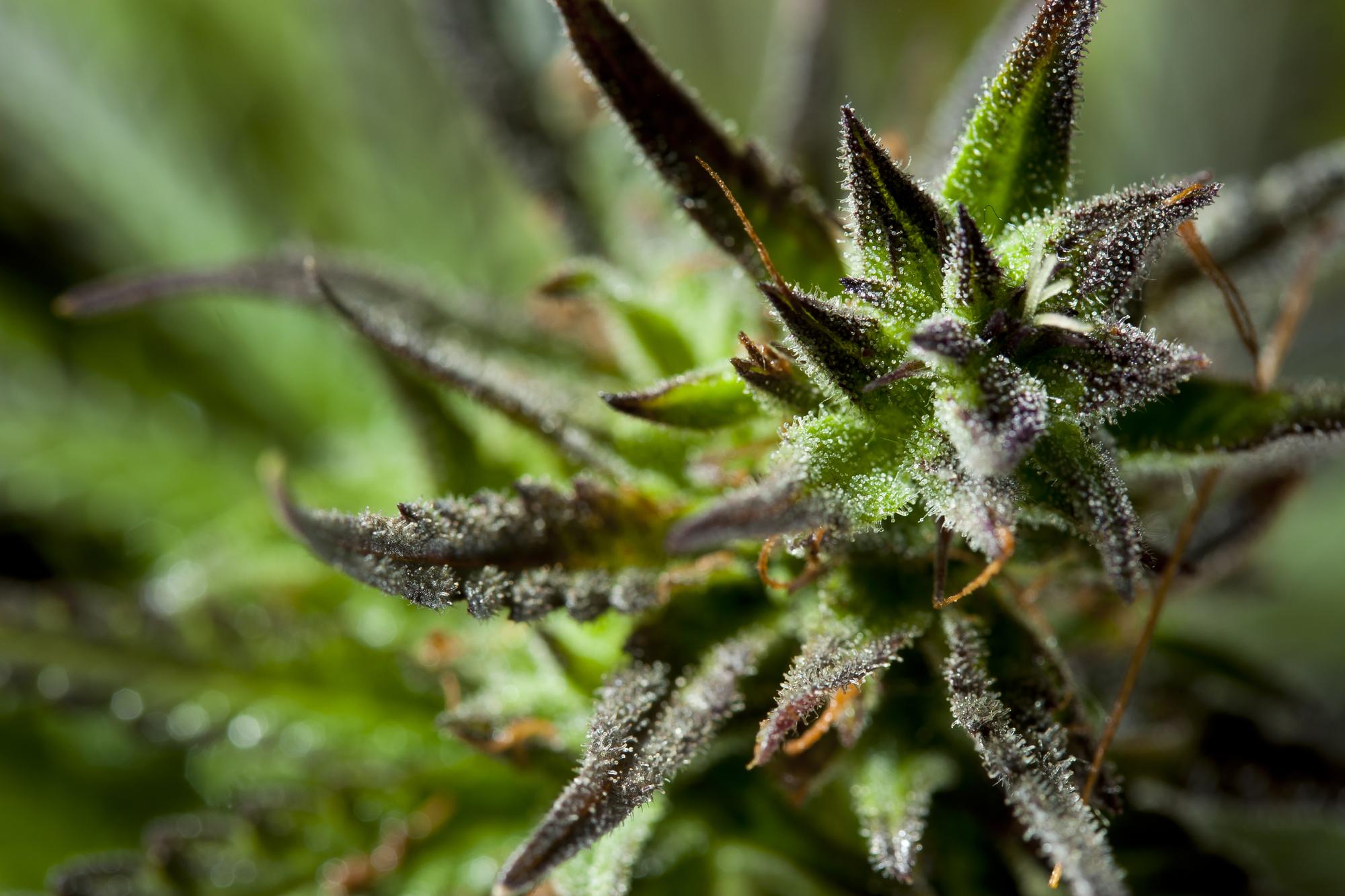In the ever-expanding landscape of cannabis retail, consumers often grow attached to a particular strain—only to discover one day that it’s no longer on the menu. Sometimes these strains disappear temporarily, returning in limited batches or seasonal drops. But other times, they vanish without a trace, never to be seen again. Why does this happen?
From cultivation challenges to licensing shifts and market trends, a range of factors contributes to the mysterious disappearance of certain cannabis strains. For dispensary shoppers and loyal fans, understanding the reasons behind this phenomenon helps explain the volatile nature of strain availability in today’s cannabis market.
Genetic Discontinuation by Growers
One of the most common reasons a cannabis strain disappears is because the cultivator decides to stop growing it. This can happen for several reasons:
- Low Yields: Some strains may not produce enough usable flower per plant to make them profitable. If a strain doesn’t offer a strong return on investment, cultivators may cut it from their rotation.
- Grow Difficulty: Strains that are finicky, prone to pests, or require specific environments may be dropped in favor of more reliable genetics.
- Longer Flowering Cycles: In commercial growing, time is money. Strains with long flowering cycles are often removed to make room for quicker-growing options.
Cultivators like Connected Cannabis and Jungle Boys have publicly shared how they streamline their genetics regularly to focus on high-performing, high-demand strains that offer consistency and profitability.
Changes in Consumer Demand
Trends in cannabis consumption shift rapidly. A once-popular strain like Green Crack or Chocolope might fall out of favor as newer, flashier genetics—often with celebrity backing or hype-driven appeal—dominate menus.
Retail analytics from Headset show that consumer preferences now heavily lean toward dessert-flavored strains (e.g., Gelato, Runtz, Zkittlez) and potent hybrids. Older strains, especially landraces or early 2000s classics, often lose ground to new-gen crosses with higher THC content and more visually appealing buds.
If a strain’s sales numbers consistently drop, dispensaries may choose to stop stocking it, and growers follow suit.
Breeder Ownership and Licensing Issues
Many strains are proprietary creations owned by specific breeders or seed banks. In some cases, licensing or distribution agreements expire, making it legally impossible for a cultivator or dispensary to continue offering that strain.
For example, strains bred by exclusive companies like Compound Genetics or DNA Genetics often require special licensing agreements. If a partnership ends, that strain may no longer be produced under the same name or genetics.
In other instances, breeder companies may close, relocate, or sell their IP—leading to strains being retired permanently.
Regulatory and Compliance Changes
In states with strict tracking systems like California’s METRC or Oregon’s CTS, if a grower fails to maintain proper records, a strain batch may be disqualified for sale. Similarly, if a lab test fails due to contamination or incorrect labeling, the strain batch may be recalled or barred from shelves.
Moreover, cultivators sometimes rebrand strains under different names to remain compliant with local marketing rules or avoid consumer confusion. A strain might not actually be gone—it’s just reintroduced under a different name, especially if the original had a controversial or misleading title.
Mergers, Closures, and Company Buyouts
The cannabis industry has seen its fair share of mergers, acquisitions, and bankruptcies. When a company that produces a popular strain is acquired or shuts down, that strain may disappear with it.
Take, for example, the 2023 closure of several smaller West Coast cultivation outfits due to oversupply and price compression. Many of these growers had unique genetics that were never passed on or made public. When they closed shop, so did their exclusive strains.
Strain Fatigue and Rotation
Finally, some dispensaries and cultivators rotate strains intentionally to keep menus fresh and seasonal. Known as “strain fatigue,” retailers recognize that even popular strains can become stale if seen too often.
Strain rotation keeps consumers excited and promotes limited-time drops, which help boost urgency and sales. While some strains might come back for special releases, others may never return, especially if newer genetics perform better both agriculturally and commercially.
In Summary
The disappearance of a cannabis strain can be disappointing for loyal customers, but it’s often the result of practical business decisions. Whether due to cultivation inefficiencies, shifting consumer tastes, or regulatory complications, the cannabis market continues to evolve quickly. Savvy consumers can stay ahead of trends by understanding the factors that influence strain longevity—and always being open to discovering new favorites.

